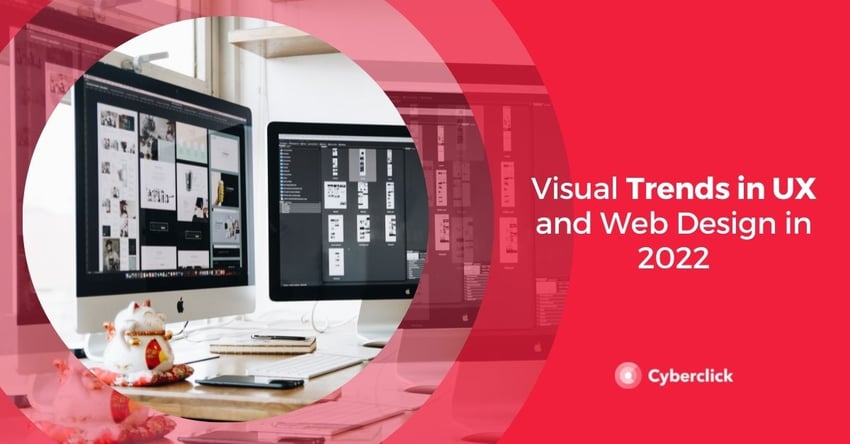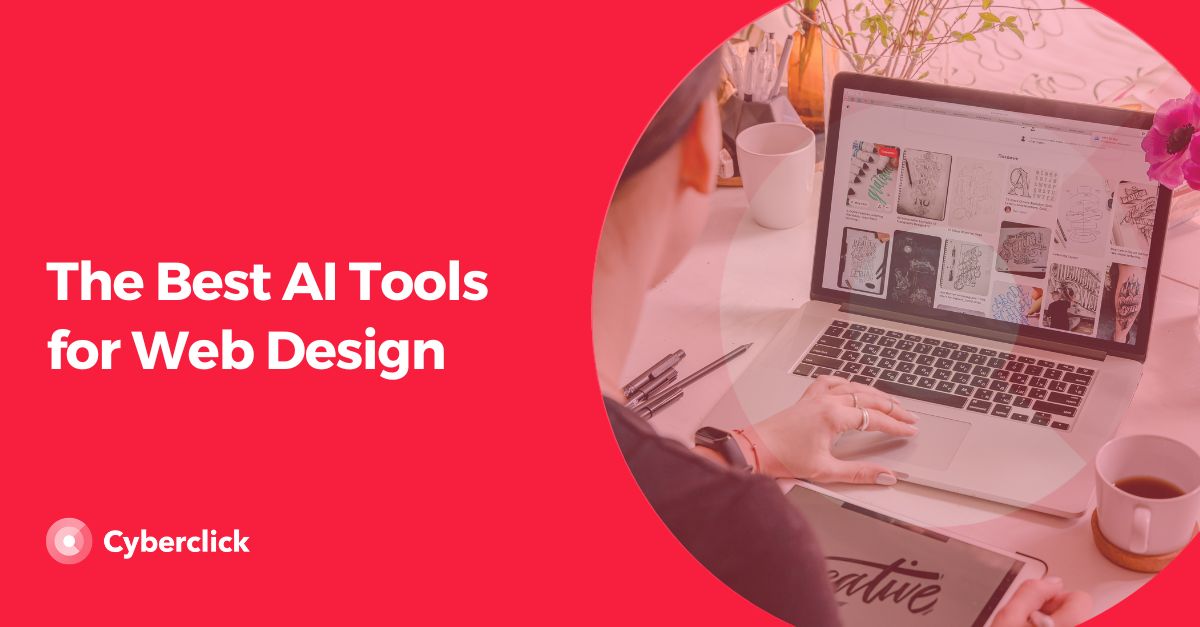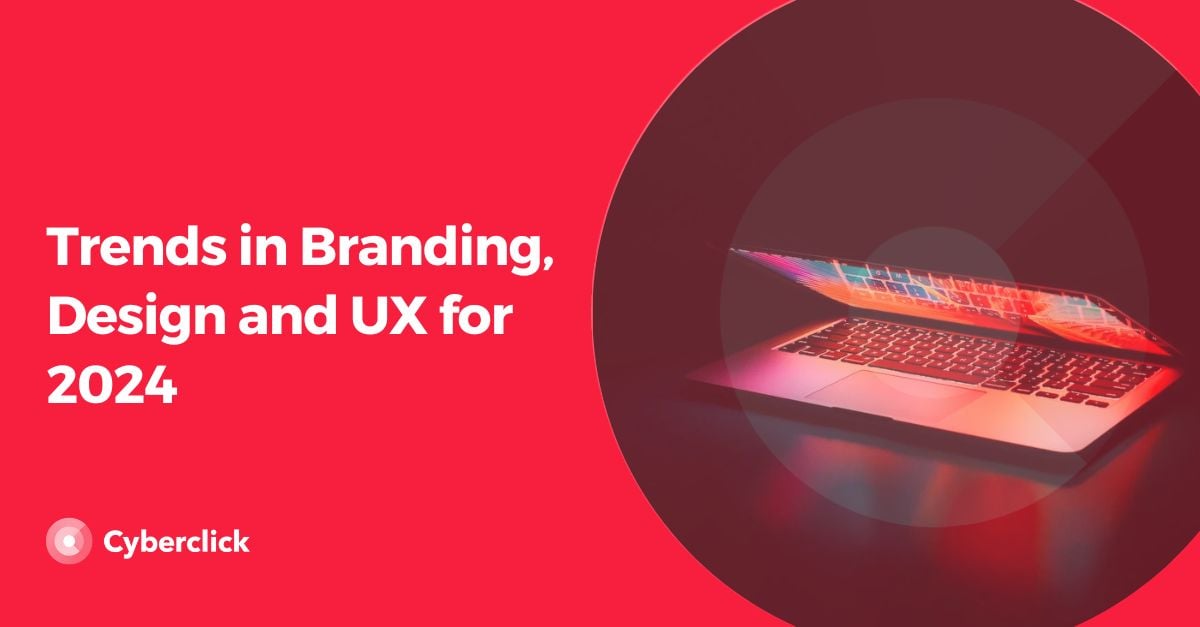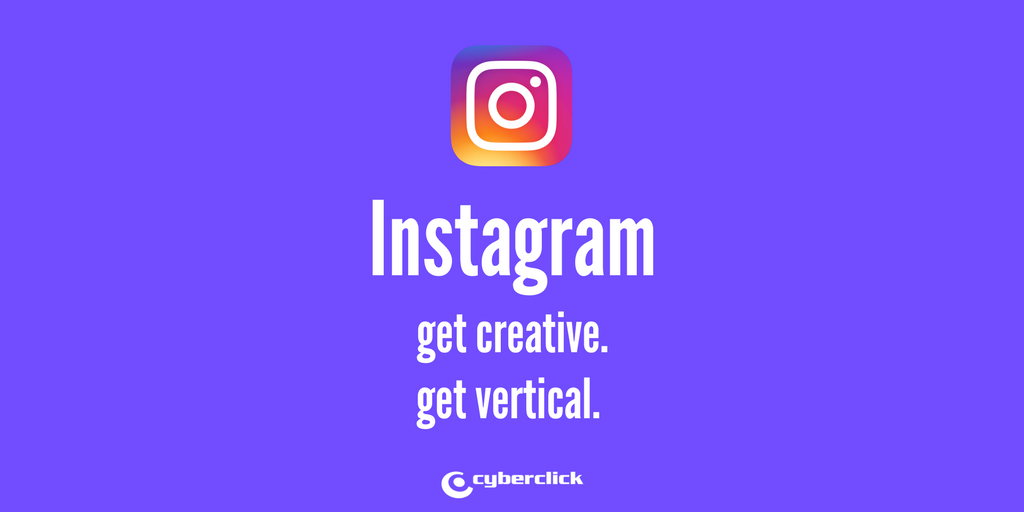2022 will bring interesting innovations in web design, which will help improve user experience and enhance personalization.
There are currently close to two billion web pages in the world. Only if you combine technology with new design trends will you stand out from the crowd and create a great website where your products or services shine. To get started, take note of these visual and user experience trends so that you can incorporate them into your marketing efforts.


12 Web Design and UX Trends That Will Be Big in 2022
1. Bold Colors and the Psychological Use of Color
One web design trend in 2022 that will help you create an unforgettable website is color. Bold, bright, saturated tones will take over the pastels that many brands have employed in recent years.
However, it's not just about using bold colors, it's also about thinking how you are using color to create a certain effect on the consumer. Color psychology (the analysis of the impact that colors have on our feelings and thoughts) is coming back in 2022.
Although the way people interpret colors has a lot to do with their personal perceptions, there are also a number of general interpretations that members of the same culture share. For example, green is often associated with nature and eco-friendly products, while red tends to symbolize energy and passion.
Web design predictions for 2022 indicate that it is time to think about what you want to say with the colors on your website and consider using some more powerful shades.
2. Customized Content
In 2022, websites are no longer static. You may have already had the experience of returning to a web page you had previously visited and finding that the design has changed, but if you look at it with a different browser, you see the previous design again. This is because some sites take your browsing history into account and offer content tailored to each user.
Personalized content is particularly important on ecommerce sites, as you can use it to show the products most likely to interest a particular user and thus increase conversion rates.
3. Artificial Intelligence
Artificial intelligence allows you to go a step further in customizing the content of your website. The use of data-driven artificial intelligence makes it possible to use machine learning to improve the user experience and personalize the conversion process. For example, think of Amazon's product recommendation algorithms or Spotify's personalized playlists.
When designing the user experience of your website, consider how to use artificial intelligence to customize the experience as much as possible according to the visitor's interests. This way, you will be offering more value than ever before.
4. Chatbots Will Become More Human
Another fascinating use of artificial intelligence in web design is chatbots. While it's true that this technology has been used in social networks and websites for years now, in 2022 we will see them evolve to be much more human-like.
As artificial intelligence and machine learning become more sophisticated, chatbots are becoming more common way to offer personalized recommendations, assist customers in the buying process, and resolve customer service requests.
In the coming years, chatbots will become increasingly capable of interpreting user behavior, being proactive, and displaying their unique personalities.
5. Microinteractions
Microinteractions are a great way to give a personal touch to your website and improve your user experience. In essence, they are small animations that guide the user through different actions.
Some types of microinteractions have been around for many years, for example, links that change color when the cursor passes over them, or the cursor itself changing depending on where it is placed. Now, these details are being extended to many other icons and website elements.
6. Intelligent Video
Video is already one of the internet's star formats and its popularity has exploded on mobile devices. But in 2022, it's no longer enough to embed YouTube videos on your website.
Instead, the era of intelligent video has arrived and this means finding more intentional ways to embed videos on websites. You no longer have to limit yourself to the embedded player format, and can use creative resources such as replacing the background image with a video.
7. Large Images With Text
The "hero images" (the main image of a web page) have been gaining prominence. In some cases, we can see "hero images" that occupy the entire home page to gain maximum impact. When well thought out, this resource can be key to immediately capturing the user's attention.
Another interesting web design trend is to create "hero images" based on text, almost like a poster. These can include the bright colors that are trending in 2022. This way, you can create a different look for your website, quickly attract the visitor's attention, and get your message across.
8. Color Gradients and the "Fogged Glass" Effect
These two visual trends will help you create an even more attractive website in 2022.
Gradients have evolved from subtle effects to full-color image backgrounds. They can be used to add depth and texture or give a touch of personality to your website, especially when combined with large fonts.
On the other hand, recent advances in web technology have made it much easier to implement the "fogged glass" effect on websites. This allows you to add color to different areas of the page without affecting the legibility of the text and images that are placed on them.
9. 3D Images
3D elements are increasingly popular in web design, as technology has made them more accessible and they can also be interactive. Their main problem has always been the slow loading time, which can negatively affect the usability of the website, but technological advances have diminished this obstacle.
3D can be used both to give a modern look to your website and to show your products in detail thanks to 360-degree photographs.
10. Hands Free Control
The next step in the evolution of touch screens is to control a device without touching it. For example, you can take a selfie by simply tapping the camera or manipulate the screen by waving your hand.
In recent years, more and more cell phones have been incorporating this functionality, so it is a good time to think about how you are going to adapt the usability of your website to it.
11. Minimalism and Simplified Navigation
Intrusive advertising, alerts, and pop-ups? The browsing experience is full of stimuli, so users appreciate the break offered by simple and minimalist sites.
Clean web design with a few, carefully selected elements helps your website visitors focus on what's really important so that they can perform the actions you're looking for.
Another closely related web design trend is simplified navigation. The easier it is to get to what they are looking for, the more likely users are to convert. Reducing navigation menus will help simplify the user experience and can also help increase the speed of your site.
12. Accessibility
Accessibility is no longer just a web design trend, but practically an obligation. Brands are increasingly aware of the need to take into account people who are differently abled when designing their sites. It is not only a question of customer service and user experience, but also of values.
Web accessibility encompasses multiple aspects of a site and should be part of the design process from the beginning, but here are some basic ideas to start incorporating it into your website.
- Create clear contrasts between text and backgrounds.
-
Add labels and instructions to the forms.
-
Use the images' alternative text to include informative descriptions and make it easier for users who use text readers.
Responsable de Diseño y de la Experiencia del Usuario (UX) en Cyberclick. Se encarga de la conceptualización creativa de campañas y diseño gráfico, así como la optimización de los materiales para diferentes entornos y dispositivos. Colabora en proyectos estratégicos aportando una visión de producto centrada en el usuario.
Design and User Experience (UX) at Cyberclick. Sol is responsible for the creative conceptualization of campaigns and graphic design, as well as the optimization of materials for different environments and devices. Sol collaborates on strategic projects providing a user-centered product vision.





Leave your comment and join the conversation